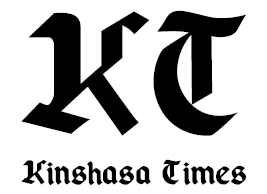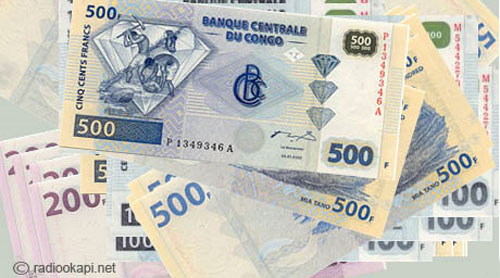Per its African Economic Outlook report published on 3 August 2016, the African Development Bank (ADB) indicated that the DRC economy slowed in 2015, falling to 7.7% from 9.2% in 2014.
The report said slowdown trend is set to continue in 2016 (7%), with a recovery expected to start in 2017 (8%).
During the period covered by the report, growth was supported by the extractive and manufacturing industries, transport, and telecommunications. Inflation was controlled at 0.8% and the exchange rate of the Congolese Franc (CDF) to the United States dollar (USD) remained stable, fluctuating by 0.2%, the report added.
Although hard-hit by the drastic fall in the prices of such commodities as copper and gold on the international, DRC macroeconomic stability was preserved due to a tightening of tax revenue, international reserves and an increase in the current account deficit. Economic activity is expected to slow slightly to 7.0% in 2016 before rising to 8.0% in 2017, due to a recovery of mining prices, expected from 2017.
To strengthen the economy’s stability and resilience to shocks, in January 2016 the government adopted 28 urgent measures, and as part of the strategic national plan for development (PNSD) currently being drawn up, it decided to diversify the country’s economy and to broaden the value creation chain.
On the social front, although the DRC did not achieve the Millennium Development Goals (MDGs) by the end of 2015, the country did make significant progress, although considerable challenges still remain.
Despite these macroeconomic performances, the country still has very high poverty, large development disparities among provinces and weak spatial inclusion due to slow decentralisation and delayed completion of infrastructure projects.
Possible political instability that may result from elections being held beyond 2016 has also alarmed foreign investors and could potentially erode both economic and democratic achievements the country has gradually been consolidating over the past decade.


